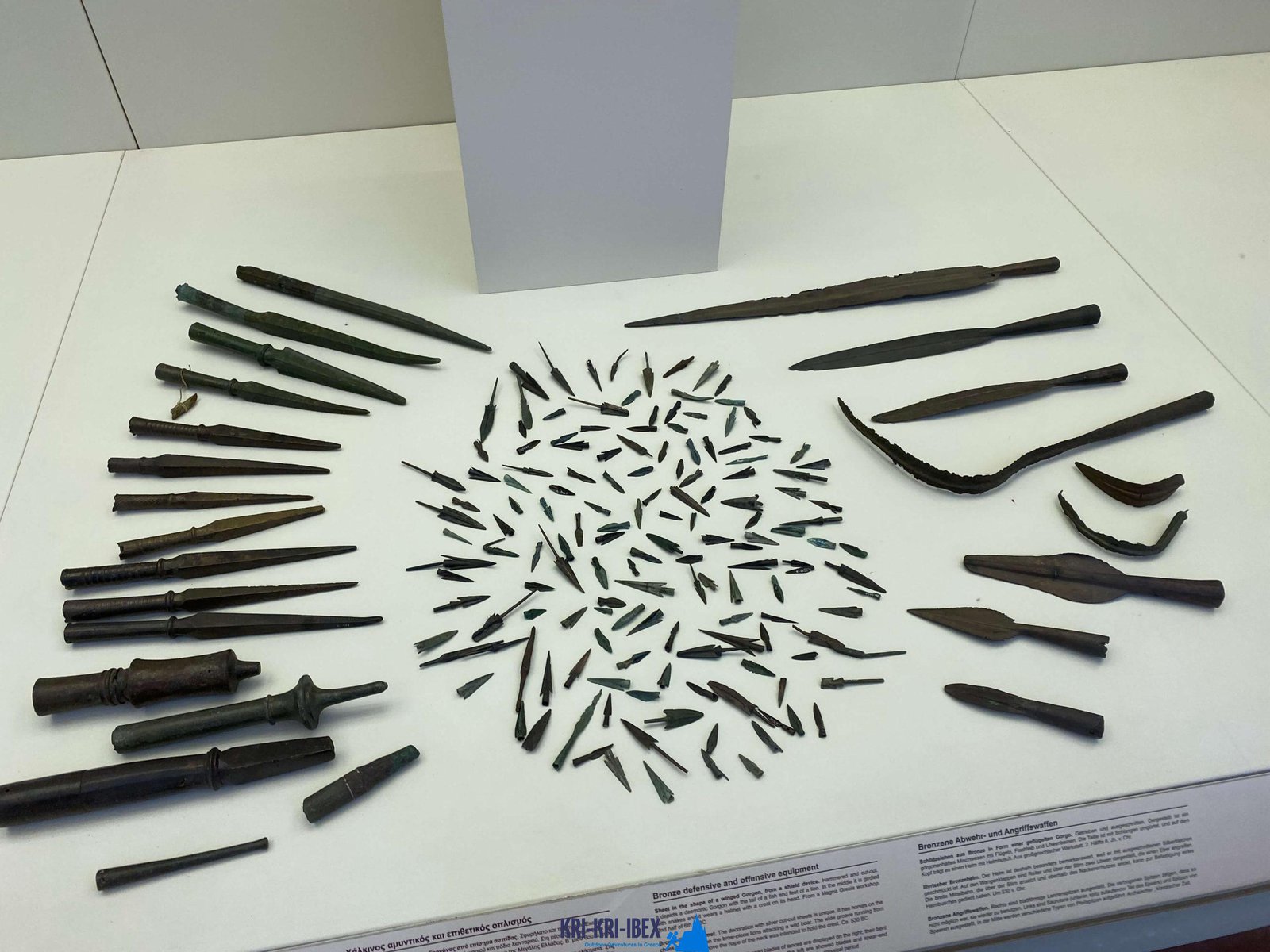Searching for Kri Kri ibex and also angling in Greece
Searching for Kri Kri ibex and also angling in Greece
Blog Article

The Peloponnese peninsula on the Greek Mainland is frequently referred to as the 'genuine' Greece. Because it has actually managed to remain reasonably unblemished by mass tourist and preserves a lot of its standard appeal, this is. If you're seeking an authentic Greek experience, then Peloponnese is the location for you. And also what far better method to explore this attractive region than on one of our outside searching, fishing, as well as free diving trips?

This Ibex is not a little Capra aegagrus bezoar ibex, which has migrated to the western extremity of this varieties' variety. The kri-kri (Capra aegagrus cretica), also referred to as the Cretan goat, Agrimi, or Cretan ibex, is a feral goat living in the Eastern Mediterranean. The kri-kri has a light brown coat with a darker neck collar. 2 sweeping horns project from the head. Throughout the day, they conceal to avoid travelers. In nature, the kri-kri can leap or climb apparently sheer high cliffs.
On our Peloponnese scenic tours, you'll reach experience all that this outstanding area has to provide. We'll take you on a tour of a few of the most historic as well as gorgeous sites in all of Greece, consisting of ancient ruins, castles, and also a lot more. You'll additionally get to experience several of the standard Greek society firsthand by delighting in several of the tasty food and also white wine that the region is understood for. And naturally, no journey to Peloponnese would be full without a dip in the shimmering Mediterranean Sea! Whether you're a knowledgeable seeker trying to find a brand-new adventure or a newbie tourist simply aiming to explore Greece's sensational landscape, our Peloponnese scenic tours are perfect for you. So what are you awaiting? Schedule your journey today!
There is truly something for everybody in the Peloponnese peninsula. Whether you have an interest in background as well as culture or nature and also exterior activities, this is a suitable destination for your following holiday. If you are short promptly, our searching and visiting Peloponnese Tours from Methoni is a fantastic means to see whatever this breathtaking location needs to offer.And last but not least, your Kri Kri ibex prize is waiting for you.
What is the diference between Kri Kri ibex, Bezoar ibex and hybrid ibex
The kri-kri is not thought to be indigenous to Crete, most likely having been imported to the island during the time of the Minoan civilization. Nevertheless, it is found nowhere else and is therefore endemic to Crete. It was common throughout the Aegean but the peaks of the 8,000 ft (2,400 m) White Mountains of Western Crete are their last strongholds–particularly a series of almost vertical 3,000 ft (900 m) cliffs called ‘the Untrodden’—at the head of the Samaria Gorge. This mountain range, which hosts another 14 endemic animal species, is protected as a UNESCO Biosphere Reserve. In total, their range extends to the White Mountains, the Samaria National Forest and the islets of Dia, Thodorou, and Agii Pandes.
This Ibex is NOT a diminutive form of the Bezoar Ibex, which has migrated into the western-most reach of the range of this species. The kri – kri (Capra aegagrus cretica), sometimes called the Cretan goat, Agrimi, or Cretan Ibex, is a feral goat inhabiting the Eastern Mediterranean, previously considered a subspecies of wild goat. The kri-kri has a light brownish coat with a darker band around its neck. It has two horns that sweep back from the head. In the wild they are shy and avoid tourists, resting during the day. The animal can leap some distance or climb seemingly sheer cliffs.
“The agrimi goat Capra aegagrus cretica is unique to Crete and its offshore islands. It has been identi®ed as a sub-species of the wild bezoar goat Capra aegagrus aegagrus Erxleben, 1777, which it closely resembles in horn shape, body form and coloration. This classi®cation has been disputed by some researchers who claim that the agrimi are feral goats, derived from early domestic stock brought to the island by the ®rst Neolithic settlers. In order to clarify this issue, DNA analyses (cytochrome b and D loop sequences) were carried out on tissue of live and skeletonized agrimi and compared to sequences of wild and domestic caprines. Results conclusively show the agrimi to be a feral animal, that clades with domestic goats (Capra hircus) rather than with wild Asiatic bezoar. This study demonstrates that morphometric criteria do not necessarily re¯ect genetic af®nities, and that the taxonomic classi®cation of agrimi should be revised.”
Report this page